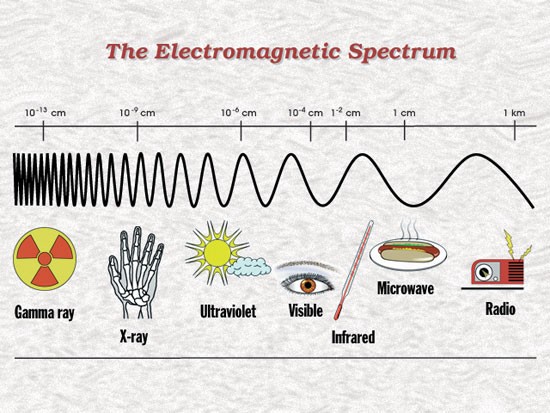The difference between long gamma and short gamma
Post on: 21 Апрель, 2015 No Comment

The gamma of every option is either a positive number or it is zero. If you do not know what gamma is, check out this article. So if we buy options that have a non-zero gamma, we will be long gamma. Whereas if we sell options that have a non-zero gamma, we will be short gamma. This is simple to remember; in general, long options=long gamma and vice versa.
But what does it actually mean to be long or short gamma? Well, for a delta-neutral portfolio. being long gamma means in practice that any movement in the price of the underlying product will be good news. And the bigger the price movement, the better. For a short gamma position, the exact opposite is true; movement in the spot price is bad. The bigger the move, the worse it is.
How long gamma and short gamma positions make or lose money
Gamma is the change in option delta for a change in the price of the underlying. If we are long gamma with a delta-neutral options book it means that if the spot price increases, our delta will start to increase. This is good news, because one of the interpretations of delta is as our equivalent position in the underlying product. If the spot price rallies and we are long gamma, we become longer delta. Delta can be seen as our equivalent position in the underlying via our options portfolio; hence we are becoming longer the underlying product via our options. And thats good news because remember the spot price is rallying. We own something whose value is increasing. Good news. continued below.
Option Gamma Trading (Volcube, 2013) An accessible ebook guide to option gamma trading, from basic definitions to more advanced gamma hedging and gamma trading techniques as practised by professional option traders. Starting from first principles, option gamma is explained in straightforward English before separate sections on gamma hedging, gamma trading and advanced gamma trading []
Order Volcube Advanced Option Trading Guides — Volume I I — Option Gamma Trading @ $9.99
Now with long gamma, the spot price falling is also good news. As the spot price falls, our delta changes from neutral to becoming negative. In other words, we become synthetically short the spot product. This is good news because we are short when the price is dropping.
The short gamma/delta-neutral position has the exact reverse situation. With a starting delta of zero, a spot price rally will lead to the short gamma player becoming short delta. Not good in a rallying market. Likewise, if the spot price falls from the starting point of delta-neutrality, the short gamma leads to the position delta becoming positive; getting long the spot product as its value drops. If you cant quite see how this works, just think about the signs of the changes. The change in the delta is equal to the gamma multiplied by the change in the spot price:
Portfolio delta = Portfolio gamma * Change in spot price
So if we are short gamma (-ve) and the spot price falls (-ve) :

Portfolio delta = -ve * -ve = +ve
Why be short gamma if it only loses money?
So if long gamma makes money from a move in any direction and short gamma always loses money, why not always be long gamma? Well there is an extra factor to consider. This is the time decay or theta risk of the options. As time passes, the optionality of options decays. Longer dated options are more valuable than short dated options, other things being equal. In other words, there can be a cost associated with owning options. To be long gamma means to own options. And this can mean that the long gamma player must pay time decay. The short gamma player has the reverse risk profile. He stands to collect time decay from the buyer of his options. Here then is the flip-side to the long/short gamma trade-off. If we are long gamma we can make profits if the spot product moves but lose money as our options become less valuable over time. If we are short gamma, we will lose money if the spot product moves but earn money from our options decaying in value over time.
So there is a trade-off here. Traders need to decide if they think the profits (or losses) they will make from long (or respectively short) gamma hedging will be greater than premium they will pay (or respectively collect) from time decay.
In summary, a long gamma position typically means a position that profits from moves in the price of the underlying and pays time decay (i.e. incurs a theta bill). A short gamma position is associated with losses from moves in the price of the underlying but also with the collection of time premium as options decay. Typically long gamma players expect/hope for large moves in the underlying and short gamma players expect/hope for quiet times with little movement.
Finally, although the two positions are opposites, it does not mean that the profit/loss profile is zero-sum between say a buyer and a seller of an option. This is because gamma profits/losses are only locked-in when the trader actually gamma hedges using the underlying and of course both may have different strategies here.














